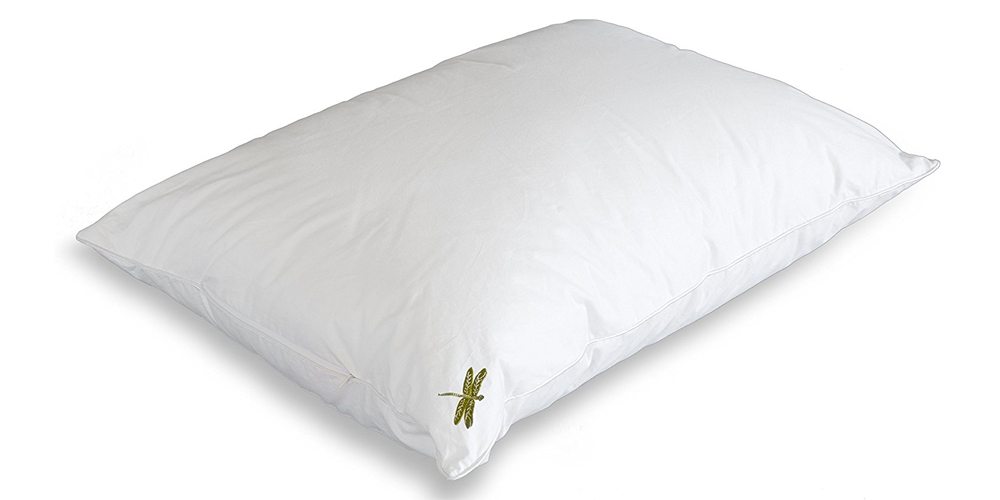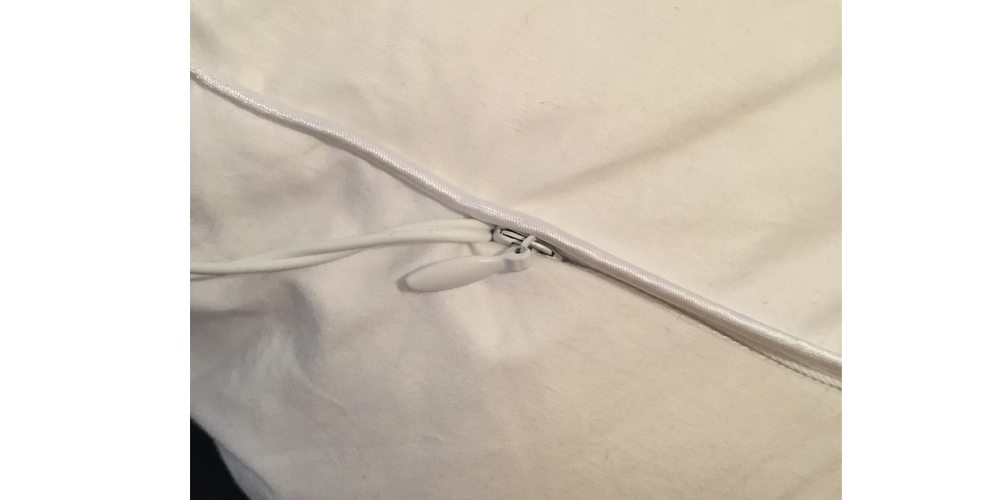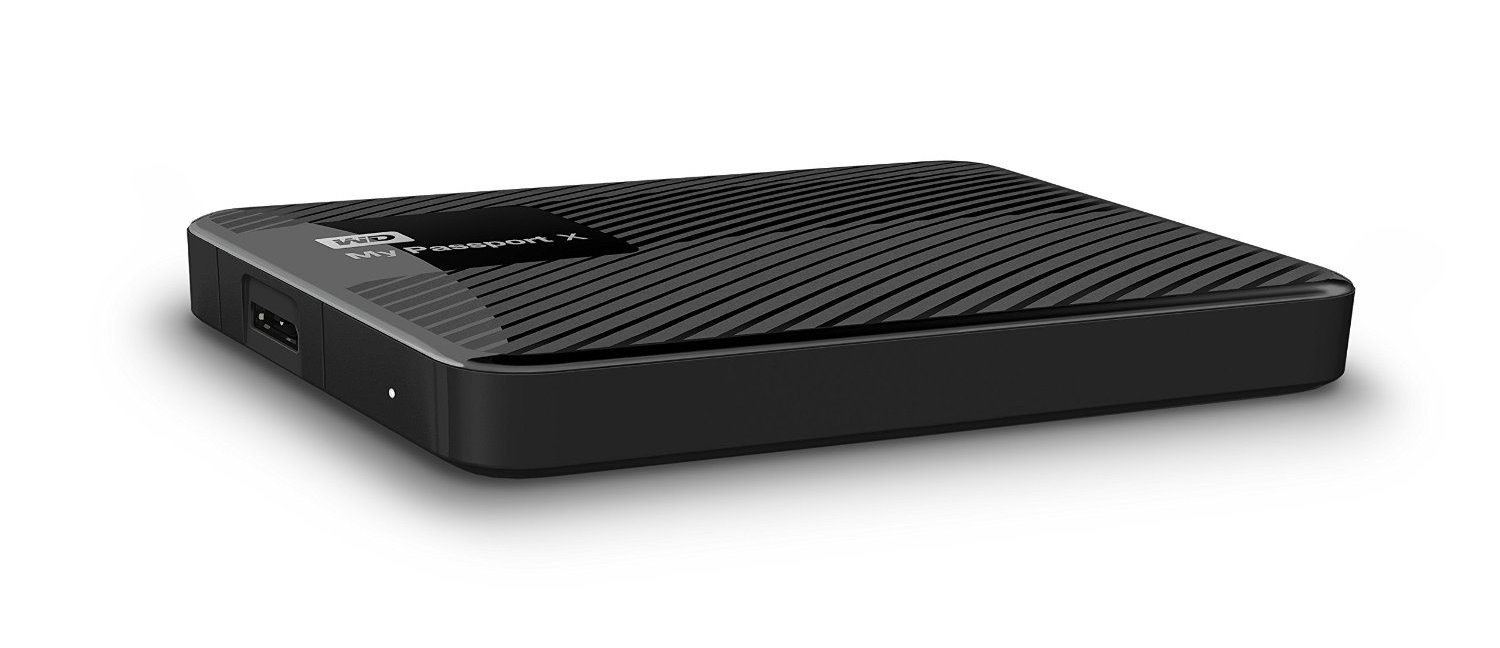By Henry Fuseli – image: Public Domain
Soul-baring story time. Years ago, I began waking up every night with nightmares. Sometimes I’d wake up crying, sometimes screaming. I ground my teeth until they broke, and slept for 10+ hours a night finding no rest. After years of this, I had trained myself to avoid sleep, because sleep meant nights of terror. A sparse 5 years ago, I was diagnosed with PTSD, which changed everything. I’d like to share with you how I learned to rest again.
Over the years (and under the direction of my physician) I tried many things. Over-the-counter medications, prescription sleep aids, and herbal remedies helped me go to sleep, but I didn’t stay asleep. I tried sleep therapies based on light, white noise, time, meditation, and even sleep deprivation. Most of these were focused on the school of thought that emptying my mind (or exhausting it entirely) would reduce the nightmares. These methods didn’t work for me, despite solid medical evidence saying that it should.
At the advice of a therpist, I tried adding sound, instead of taking it away. I listened to a lot of different things, and I found that the best rest I got came with music I actually didn’t like very much: the dreaded and often avoided modern pop.
I generally hate pop. The steady rhythms and repetitive lyrics are annoying during the day, but while I’m sleeping, they change the context of bedtime. I don’t pretend to understand all of the science behind it, but it is a fairly common phenomenon for persons with PTSD and anxiety disorders to sleep better to music.
Enter my wife. Like most reasonable people, she doesn’t like a lot of noise at bedtime. For our joint sanity, I switched to headphones while sleeping. Unfortunately, over-ear headphones slip off, so I had to switch to in-ear buds. Most buds bruised my ears, until I eventually switched to Apple’s iPhone 5 earbuds. While these didn’t bruise my ears like other buds, they still weren’t a perfect solution.
So let’s talk about headphones for a minute. As most of our readers know, we review a lot of headphones. Why? Because of the fundamental problem with headphones: Every person’s ears are unique. The shapes of our ear canals, our tolerance to various materials, and our own perception of sound means that no headphones are right for everyone.

But I’ve found a headphone-free solution that only I can hear: The Dreampad pillow. These bluetooth-enabled pillows give off a low-volume signal that streams music directly into your head. Again, I won’t pretend to understand the science of it, but like bone-conduction headphones, these pillows feel like they’re plugged right into your brain.

The pillow charges via an audio jack which can be zipped away. It also comes with an extension cord, so you can use a wired connection if you prefer. The Dreampad app adds further options, allowing you to stream their specially-designed tracks to help you rest.

The best part, though, is that it’s a great pillow. It feels like down but uses a hypoallergenic alternative. The support is great, and there are four different firmness options: Slim support, medium support, firm support, and memory foam. I use the medium support, which is light, fluffy, but supportive and wonderfully squishy.
They range in cost from $149 for the slim support to $179 for the memory foam. I got mine for review purpose, but I can vouch for the quality, and tell you with all earnestly that it’s a worthwhile investment for anyone with PTSD.
On an unrelated note:
I have to wonder if Fuseli (painter of the Nightmare, the header image of this post) had nightmares like mine. It takes a special kind of torture to paint with that much soul-capturing brutality. It’s a beautiful piece, though, I must say.






I love my dreampad too! After 20 years of working in a youth treatment center, I too have suffered PTSD. My dreampad has been an amazing non-mediation route to good sleep. My son is on the Autism Spectrum, he loves it too! I think I will we will be buying more… 🙂
Wow, this dreampad pillow seems to be so great, it helps us to sleep easier, have our own beautiful dream. I really like it and I will buy one, cause I feel my neck is now worse day by day.
It sounds really scary that PTSD this much affects someone.
I really love to listen to music while sleeping. It helps me to calm the mind and make it thoughtless. which leads me to better sleep.
I recommend that melodious music is a really a helpful thing to fall asleep.